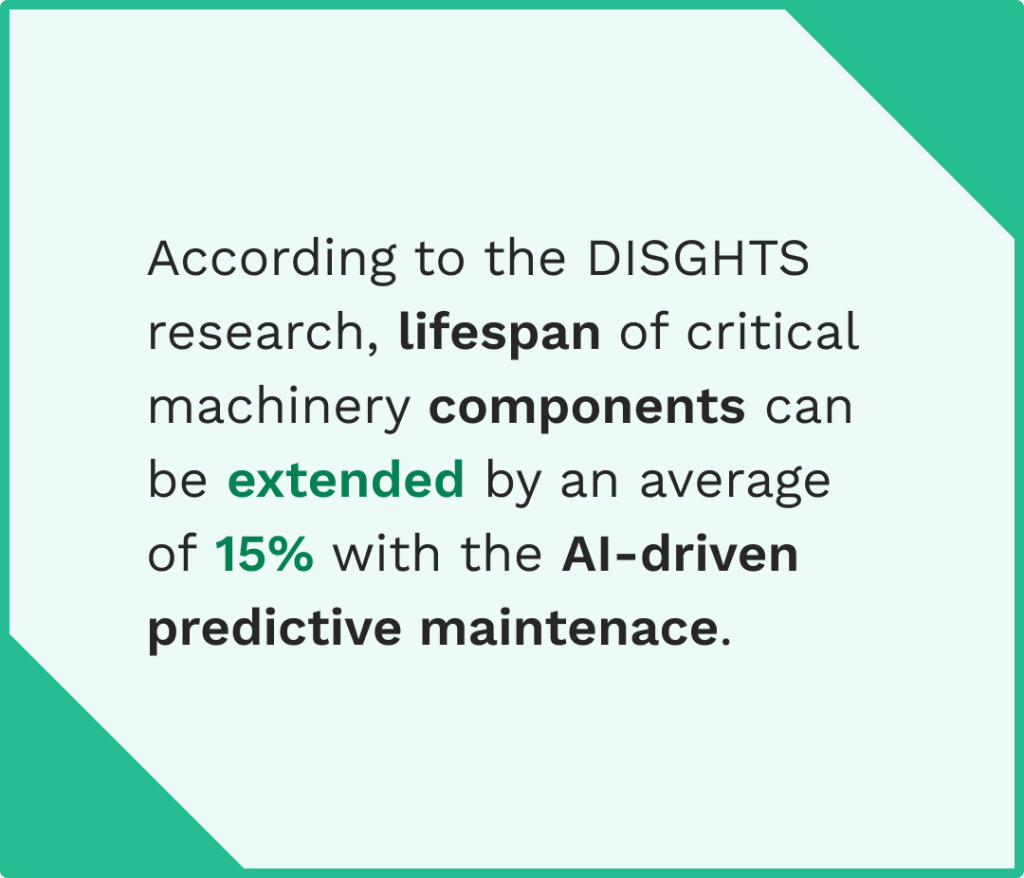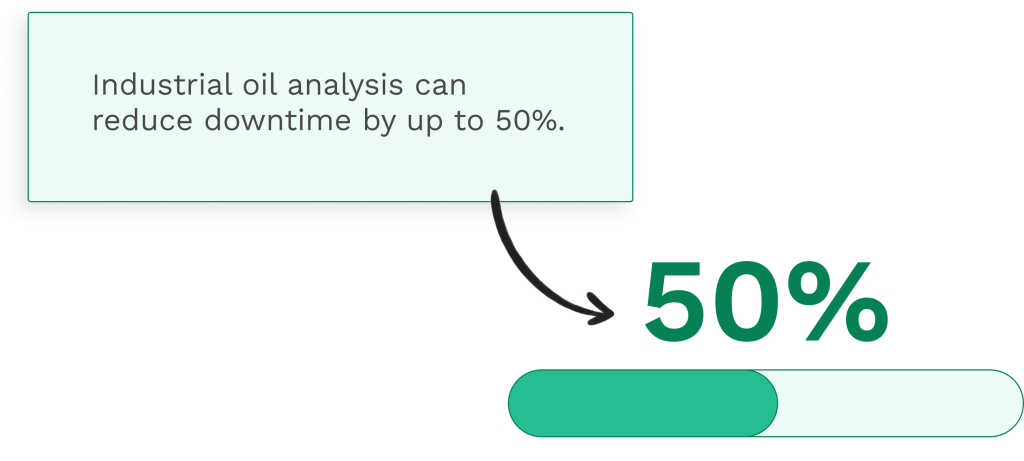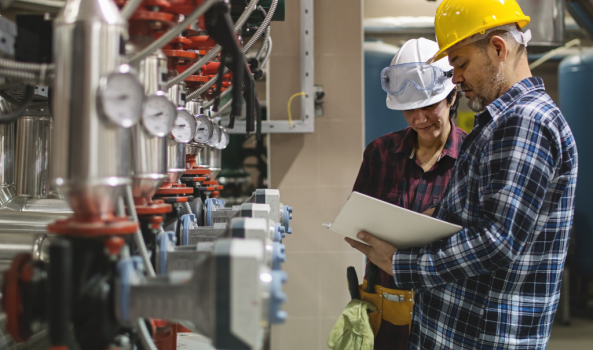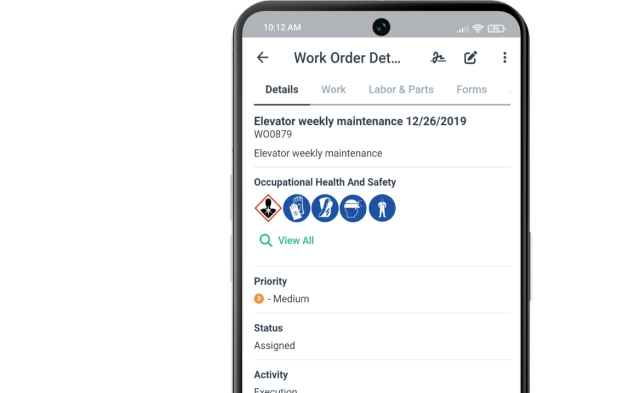Get a Free WorkTrek Demo
Let's show you how WorkTrek can help you optimize your maintenance operation.
Try for freeKey takeaways:
• Vibration analysis provides 2-6 months warning of rotating equipment failures
• Oil analysis extends lubricant life while preventing catastrophic mechanical damage
• Thermal imaging detects electrical and mechanical problems before visible damage occurs
• Acoustic monitoring offers the earliest detection of bearing failures in low-speed equipment
• Motor circuit analysis evaluates entire electrical drive systems in under 2 minutes
The manufacturing sector loses over $50 billion annually to unplanned equipment downtime, yet only 51% of plants currently use predictive maintenance strategies.

This is a staggering disconnect between problem and solution, which represents one of the biggest missed opportunities in modern industrial operations.
What can be done?
Recent studies show that organizations implementing comprehensive predictive maintenance programs consistently achieve 25-30% reductions in maintenance costs, 40-50% decreases in unplanned downtime, and ROI of 8:1 within the first year.
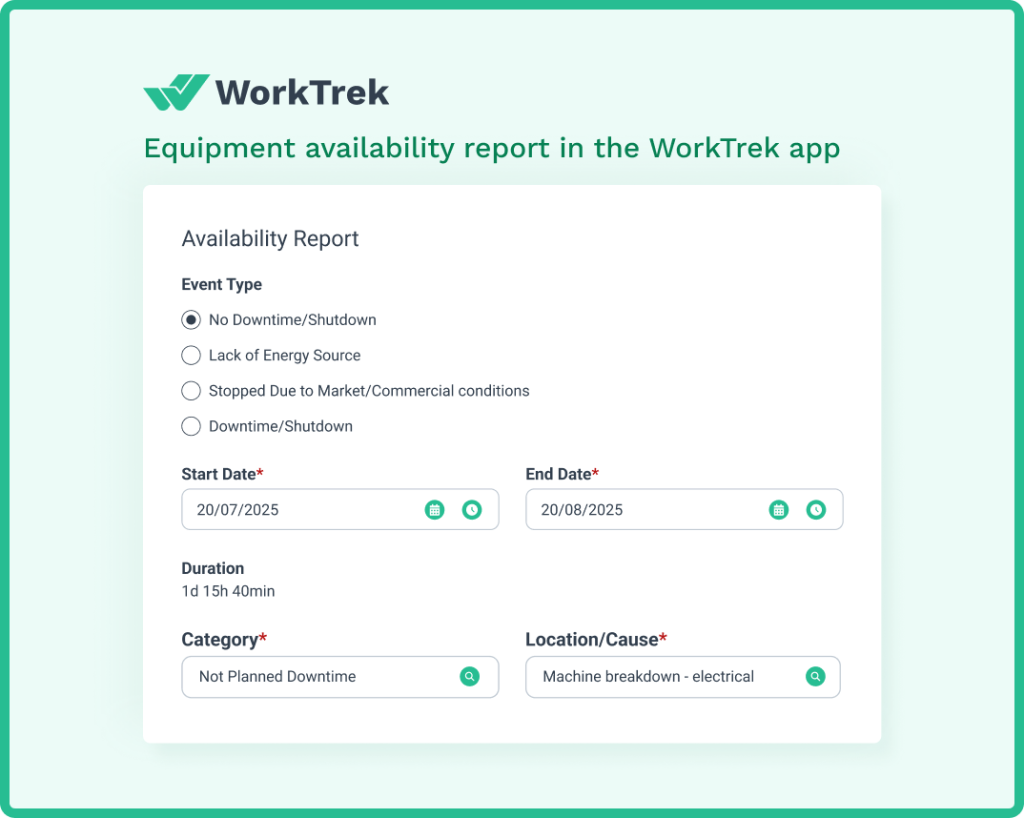
This article highlights the five core predictive maintenance approaches. Each one offers unique capabilities for detecting different failure modes.
Predictive Maintenance Fundamentals
Predictive maintenance is a major paradigm shift in maintenance. The foundation of PM is based on leveraging advanced technologies, which include IoT sensors, machine learning algorithms, and predictive models.
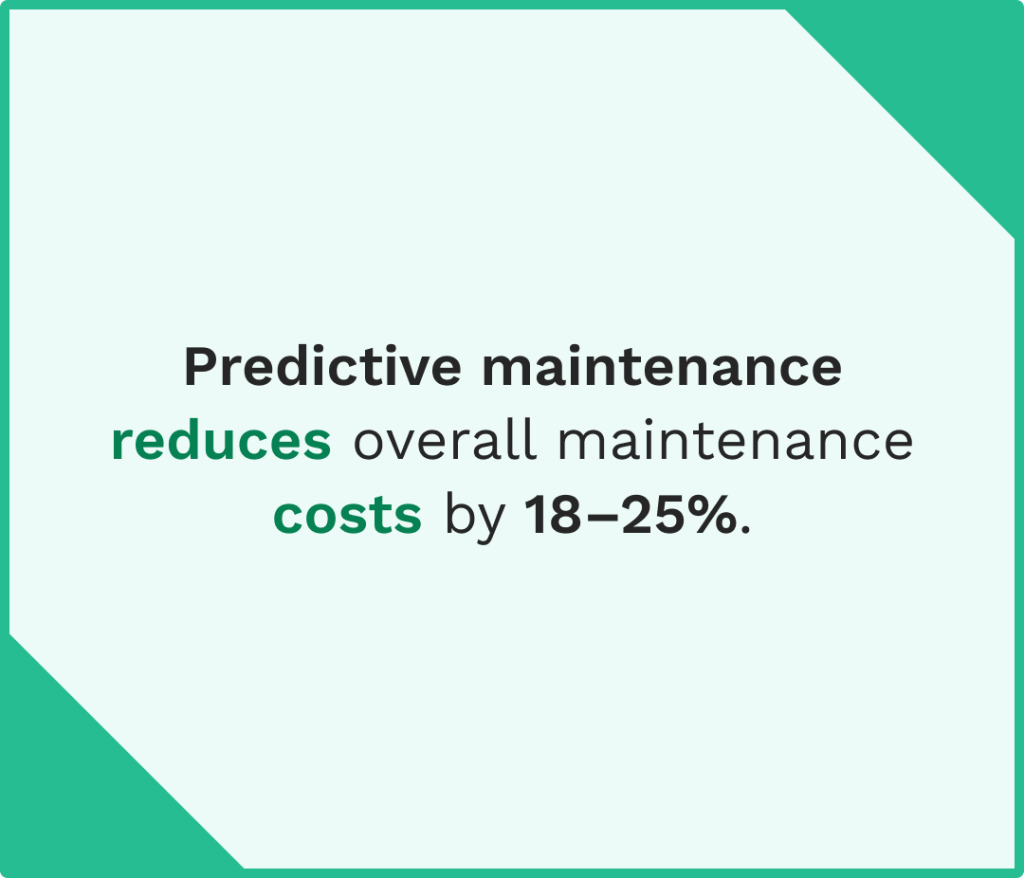
These technologies are then used to analyze data and create equipment performance patterns.
With this data-driven approach, maintenance teams can see equipment failures weeks or months before they occur.
What is the result?
Predictive maintenance dramatically reduces maintenance costs, increases equipment reliability, and eliminates unnecessary maintenance tasks.
1. Vibration Analysis
Vibration analysis is likely the most widely adopted predictive maintenance technique.
Equipment has a general heartbeat or vibration pattern. When those patterns change, these devices can detect issues long before a human will notice.
The way it works is by measuring vibration levels and frequencies to analyze machine conditions.
In simple terms, the technology operates on the principle that all rotating equipment generates characteristic vibration signatures, which change when problems develop.
Fast Fourier Transform Analysis
Another detection method vibration sensors utilize is using accelerometers and advanced Fast Fourier Transform (FFT) analysis to convert time-domain vibration signals into frequency-domain patterns.
These frequency signatures are fingerprints for different failure modes. For example, unbalance appears at 1x running speed, misalignment shows at 2x and 3x frequencies, and bearing defects create specific frequencies related to bearing geometry.
The technology is most effective in manufacturing plants, oil and gas facilities, and power generation, where high-speed rotating equipment operates continuously.
Industry Examples
General Motors achieved remarkable success implementing vibration analysis across 7,500+ robots, preventing 100 predicted failures over two years. This approach led to a savings of $20 million annually in maintenance costs.
Machine Learning
Machine learning algorithms then analyze the data from vibration sensors. Using the large volume of data generated by these sensors.
ML models can be trained to detect even the smallest anomalies. Another benefit of these models is that they reduce the need for specialized staff members on the team to analyze this data.
Automating Work Flows
One of the biggest benefits of predictive maintenance is the ability to automate work order generation.
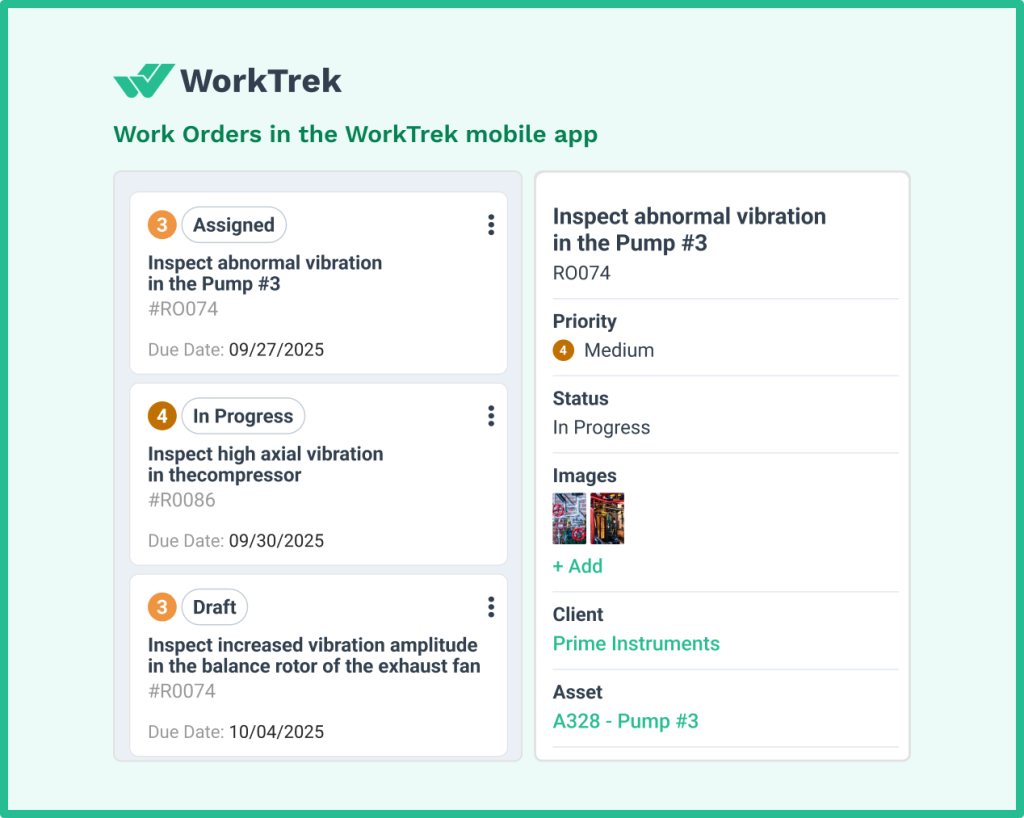
Imagine a scenario where a vibration sensor detects an anomaly. The automated system can then connect to a CMMS and auto-generate the work order and assign it to a maintenance technician.
This approach can save maintenance teams a lot of time and, more importantly, improve operations.
Future Proof
At this point, you might be asking how good these sensors are? How much advance notice will I get before the equipment fails?
The good news is that vibration sensors can predict equipment failure2-6 months before they actually occur.
2. Oil Analysis
Another type of predictive maintenance is oil analysis. These are sensors that consistently test lubricants in critical equipment, looking for anomalies.
This analysis evaluates oil health and can detect contamination.
Some advanced analysis includes atomic emission spectroscopy for measuring wear metals, infrared spectroscopy for detecting molecular changes, and particle counting for contamination assessment.
The goal is to detect specific failure modes developing within equipment, such as iron particles which can indicate cylinder wear, copper suggests bearing problems, and water contamination points to seal failures or condensation issues.
Industry Examples
Shell uses oil analysis regularly as part of their predictive maintenance strategy.
As an example, they can process 20+ billion data rows weekly from oil monitoring systems.
The result was that this predictive maintenance program achieved 40% reduction in equipment failure incidents and $2 billion annual savings in maintenance costs. (WorkTrek).
Ideal Industries
There are several ideal industries that could benefit from using oil analysis. They generally include industries that operate in harsh operating conditions, such as mining, marine, and oil and gas.
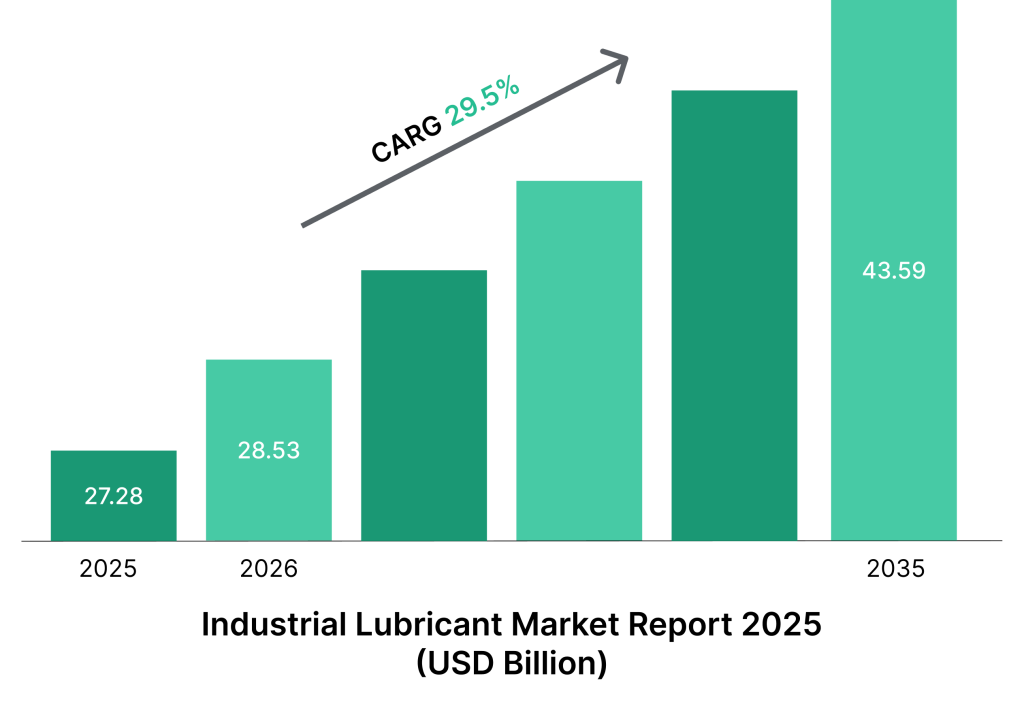
Another type of industry that can benefit from oil analysis is industries that operate in contaminated environments. These environments make manual inspection difficult, and generally experience accelerated wear due to harsh operating conditions.
CMMS to the Rescue
Like most IoT devices, oil analysis generates a substantial amount of raw data.
To successfully analyze this data you need a modern computerized maintenance management system like WorkTrek.
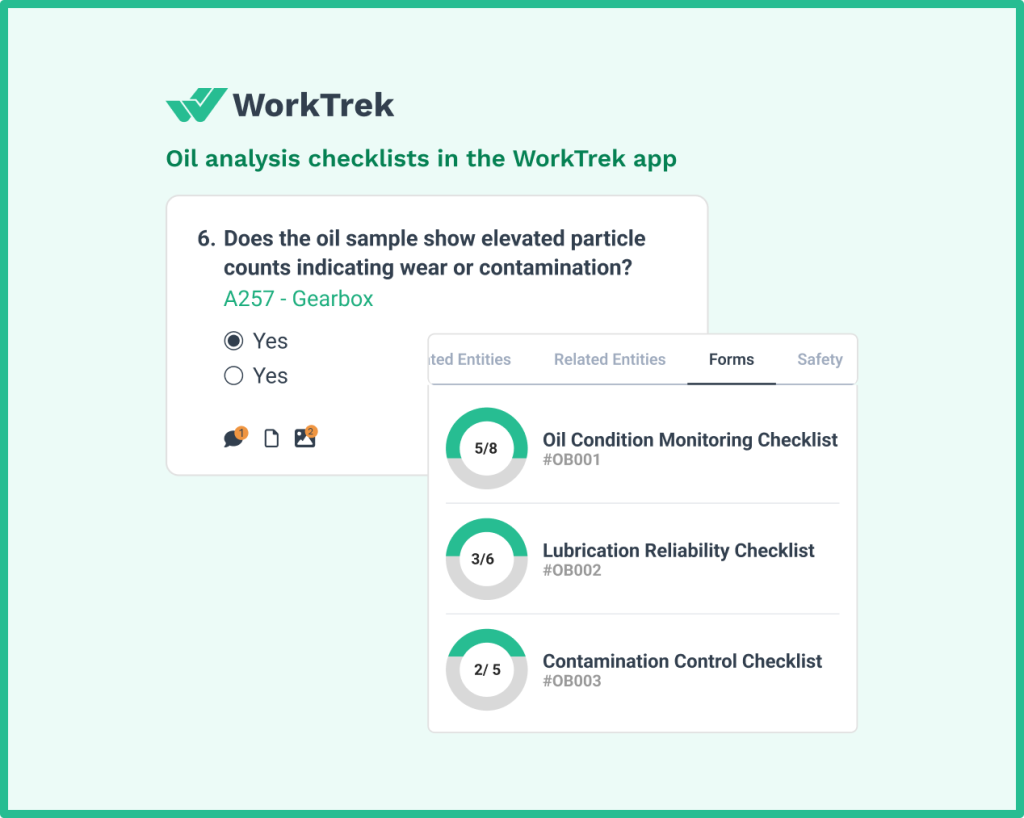
CMMS platforms can automatically schedule sampling routes, track historical data, and generate maintenance recommendations based on test results.
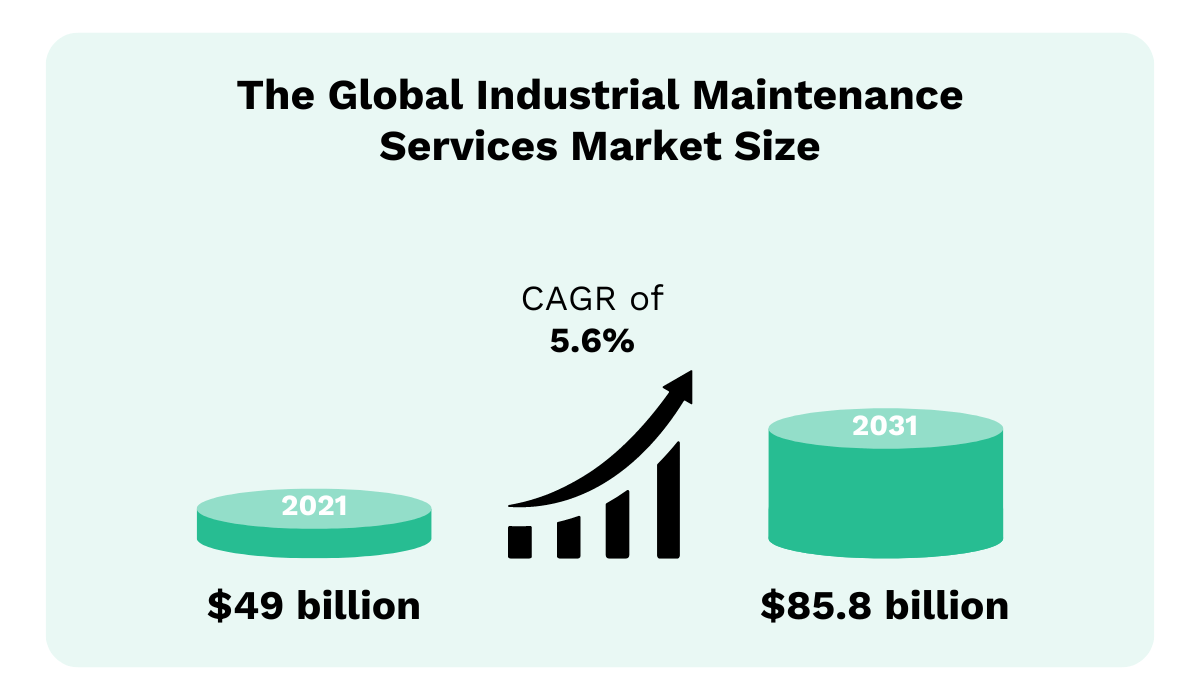
Predictive models can then analyze trending data to optimize oil change intervals and predict optimal maintenance timing.
Waste Reduction
Using oil analysis, organizations can reduce lubricant waste and save costs. This is primarily because of the shift from time-based to predictive maintenance.
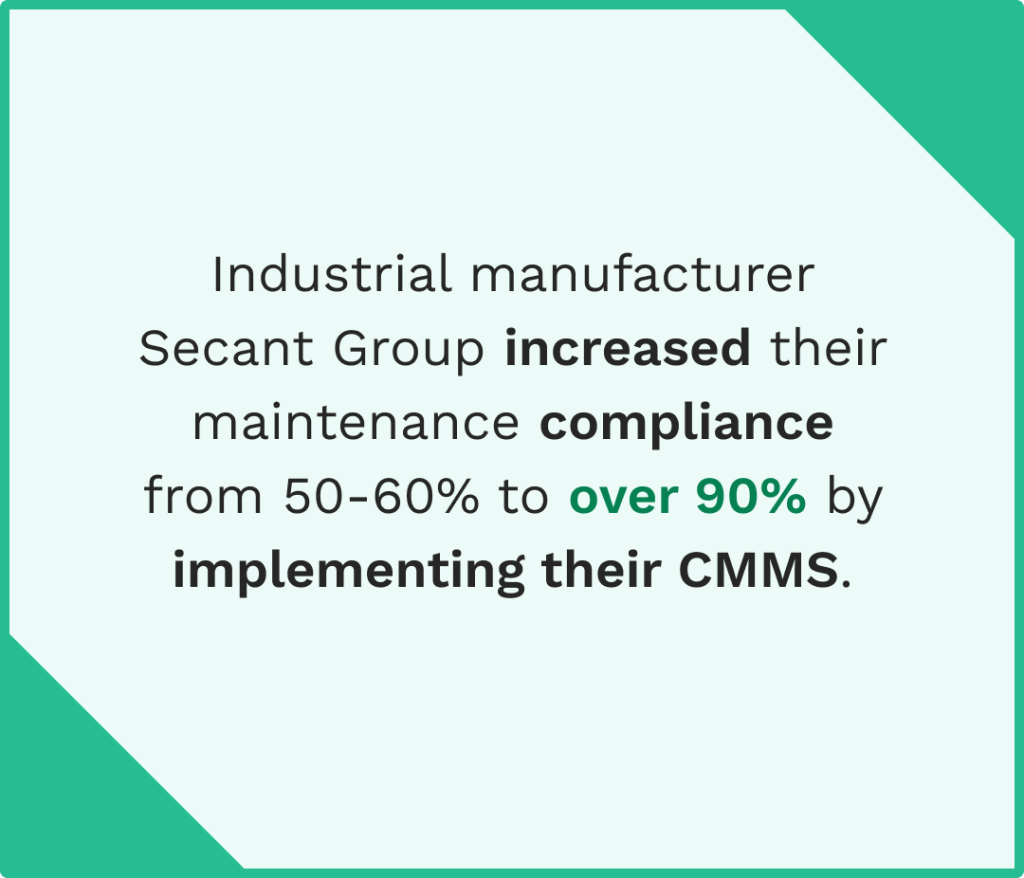
Instead of performing lubricant changes on a schedule, maintenance organizations will only perform them when the oil has deteriorated and needs replacing.
Depending on the size of the organization, this can lead to cost savings of 20-30%.
3. Thermal imaging
Instead of using vibrations or sound, thermal analysis uses infrared cameras to detect patterns. Comparing those heat patterns to the baseline can help detect problems before visible damage occurs.
A lot of equipment generates localized heating. This makes thermal imaging an ideal early warning system for both electrical and mechanical failures.
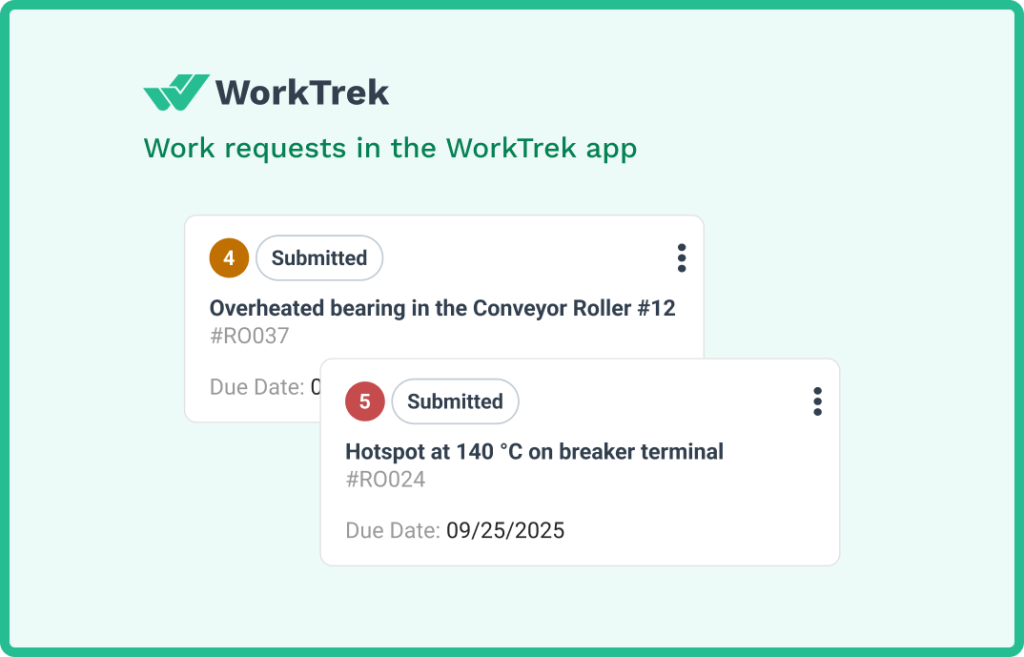
This approach is ideal for equipment that is difficult to reach, due to safety concerns, or to inspect.
Thermal imaging systems can detect loose electrical connections, overloaded circuits, and failing components. It does this by identifying temperature variations that signal the development of problems.
Industry Example
BASF implemented comprehensive thermal monitoring across its chemical manufacturing facilities. This required deploying 100+ condition variables monitored continuously across 63 substation assets.
The result was that this thermal monitoring system reduced catastrophic electrical failures and optimizes maintenance scheduling through early problem detection.
Ideal Industries
The technology works across diverse applications. This includes electrical panels, motors, heat exchangers, and process equipment.
Manufacturing plants are an ideal area to utilize thermal cameras.
These cameras can be used for routine inspections, enabling the detection of problems during normal operation without disrupting production processes.
Data Analysis
Similar to other IoT devices, such as vibration sensors and thermal imaging devices, these devices can generate a large amount of data that requires analysis.
This data is analyzed using machine learning algorithms that can automate thermal pattern recognition. This can significantly reduce the specialized training traditionally required for thermographic analysis.
Along with machine learning, AI algorithms establish normal thermal signatures and automatically flag anomalous patterns requiring investigation.
Another benefit is the ability to receive real-time sensor data, which can automatically alert when temperatures exceed established thresholds.
4. Acoustic analysis
While thermal imaging uses cameras to detect anomalies, acoustic analysis monitors equipment-generated sound frequencies.
This predictive maintenance technique capitalizes on high-frequency sounds generated by friction, impact, turbulence, and electrical discharge within machinery.
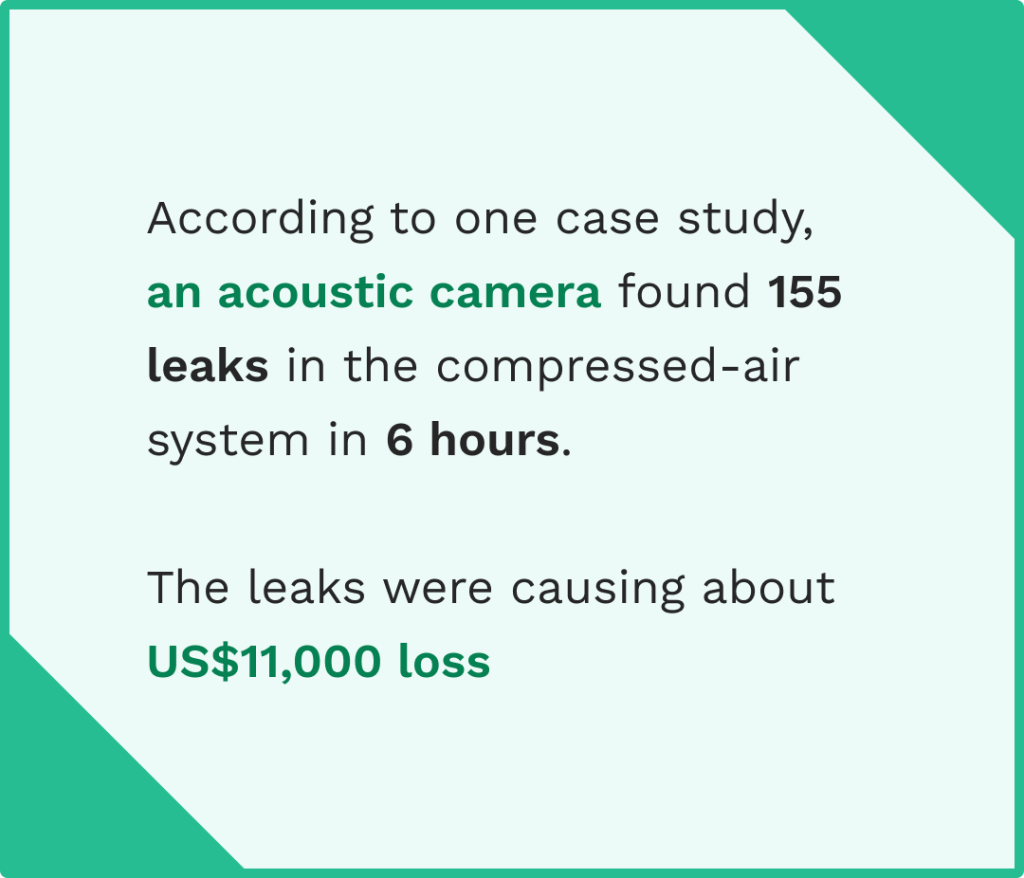
The way this works is by monitoring equipment ultrasonic ranges above human hearing, to detect performance problems and pinpoint their sources.
The technology utilizes ultrasonic detectors that convert inaudible sounds to audible frequencies for analysis.
In a way, this enables technicians to “hear” developing problems.
Where acoustic analysis shines is with low-speed rotating machinery, where vibration analysis may lack sensitivity. It is also ideal for detecting leaks in pressurized systems.
Industry Example
Duke Energy Renewables achieved outstanding results using acoustic monitoring for wind turbine maintenance, developing models that provide one hour’s warning of contactor failures that typically cause 2-10 day outages.
Their acoustic analysis system achieved zero false positives during validation and saved hundreds of thousands of dollars per prevented failure event.
Acoustic analysis excels at bearing monitoring across all speed ranges. It can even detect lubrication problems before damage occurs.
For example, normal bearings produce rushing or hissing sounds. However, when a bearing is missing lubricants, it can create a loud rushing sound with roughness. Additionally, damaged bearings generate characteristic crackling or clicking sounds.
Steam trap testing is another type of acoustic analysis. The way it works is that with failed steam traps, it creates a distinctive acoustic signatures that enable quick identification.
Ideal Industry
This is particularly popular in the oil and gas industry, where acoustic monitoring is used for pipeline leak detection and valve monitoring.
Data Analysis
Like other IoT devices, sensor data from acoustic monitoring systems can integrate with maintenance management platforms.
Using the massive troves of data generated by these sensors, CMMS platforms like WorkTrek can enable trend analysis that predicts optimal maintenance timing.
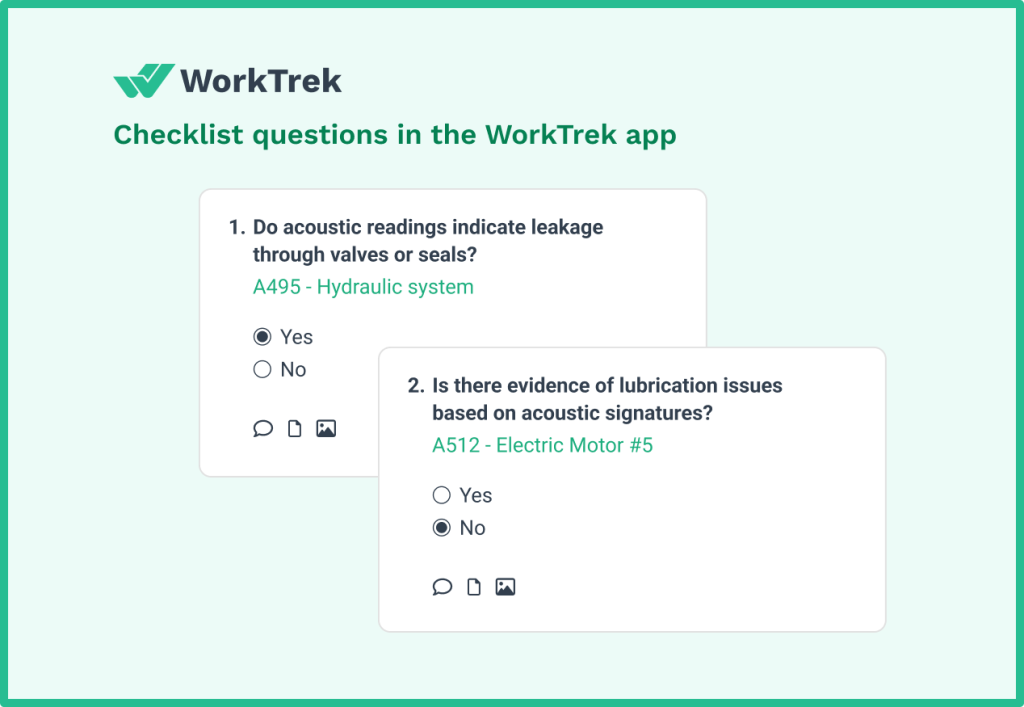
Machine learning algorithms are the underlying mechanism that ingests this data and can analyze troves of data to provide pattern recognition.
One of the benefits of acoustic monitoring is that it is non-intrusive. It enables inspection during normal operation without sensor installation or equipment contact in hazardous areas. This can reduce overall downtime.
5. Motor Circuit Analysis
Motor circuit analysis (MCA) and electrical signature analysis (ESA) are sophisticated approaches to evaluating motor and electrical system health.
In simple terms, MCA performs deenergized testing using low-voltage impedance measurements, while ESA analyzes voltage and current signatures of energized motors to detect both electrical and mechanical faults.
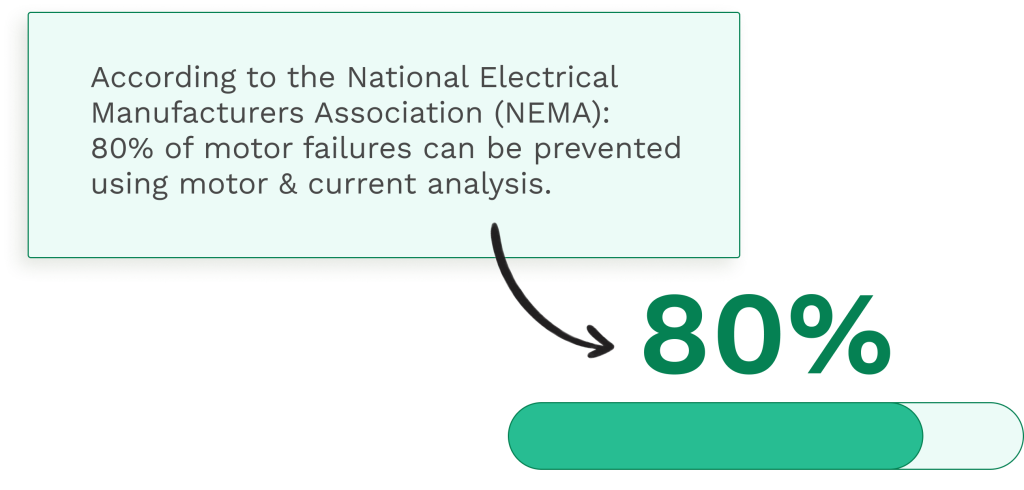
This predictive maintenance technique treats motors as transducers, devices that convert energy from one form to another, to reveal information about entire drive systems.
Definition of MCA & ESA
Motor circuit analysis can identify insulation degradation, rotor defects, winding faults, and cable problems between motor control centers and motors.
All of this is accomplished through electrical testing performed at motor control centers.
A typical MCA test completes in under 2 minutes per motor. This makes it highly efficient for larger facilities.
This makes the technology invaluable for manufacturing plants, water treatment facilities, and any operation dependent on motor-driven equipment.
Electrical signature analysis, on the other hand, can detect mechanical issues, including unbalance, misalignment, bearing defects, and process problems like cavitation.
This capability complements mechanical monitoring techniques.
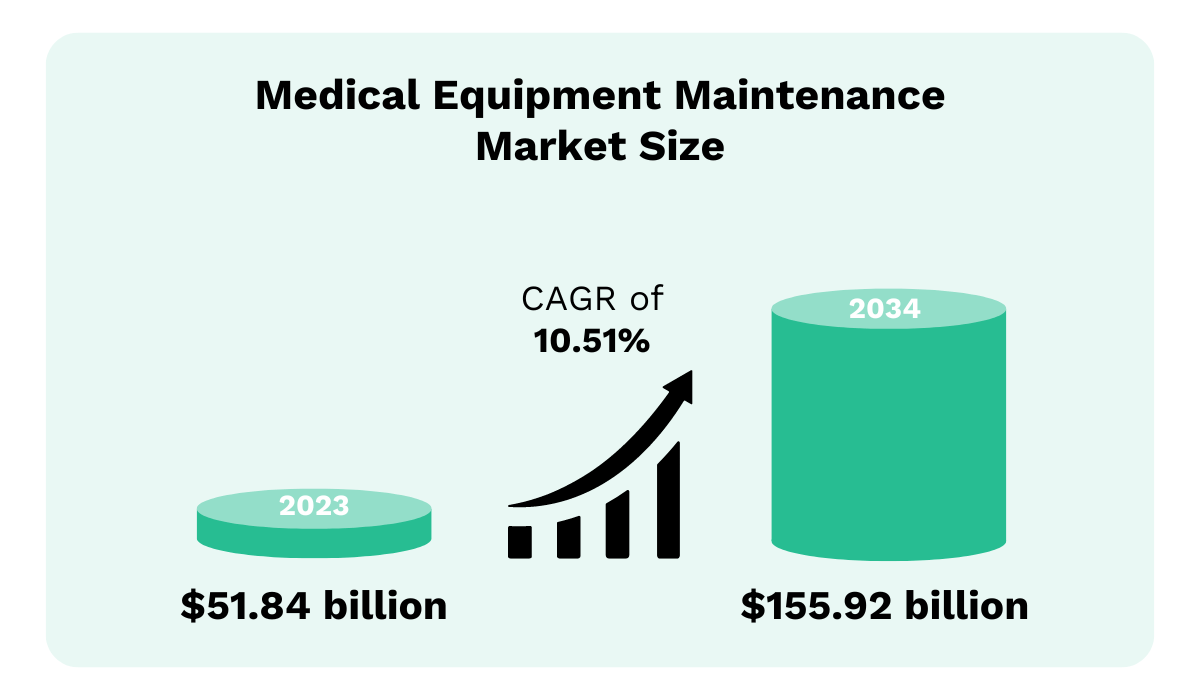
When it comes to health and safety, the advantages of motor circuit analysis cannot be overstated. Technicians can perform a comprehensive motor system evaluation from motor control centers without direct contact with potentially hazardous rotating equipment.
This approach aligns and improves modern safety protocols.
Data Analysis
The data that is generated by motor circuit analysis is then fed into machine learning models for analysis and anomaly detection.
These algorithms analyze motor signatures to identify subtle changes that precede failures, often detecting problems months before conventional methods.
Integration with CMMS like WorkTrek enables automated motor testing routes, historical trending, and predictive analytics. This data will optimize maintenance schedules based on actual motor condition rather than arbitrary time intervals.
CMMS systems enable comprehensive predictive maintenance programs
Computerized Maintenance Management System platforms like WorkTrek serve as the central nervous system that transforms predictive maintenance data into actionable maintenance strategies.
Modern CMMS solutions can seamlessly integrate with IoT sensors and monitoring devices. These systems analyze the data to create comprehensive equipment health management systems.
WorkTrek is an optimal CMMS solution for organizations implementing predictive maintenance programs.
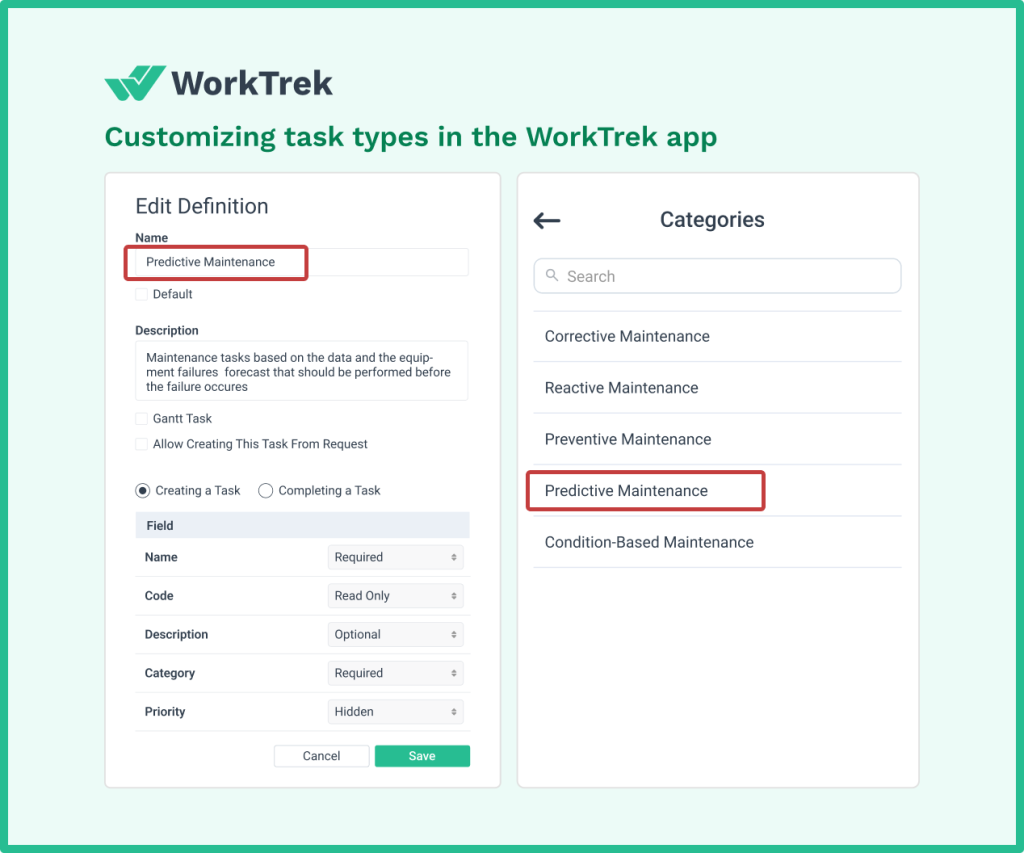
Unlike complex platforms that require extensive training and customization, WorkTrek’s intuitive design enables maintenance teams to deploy predictive maintenance capabilities quickly and efficiently.
WorkTrek can easily integrate with various sensors, which include vibration monitors, thermal cameras, oil analysis equipment, and other monitoring devices.
Organizations implementing WorkTrek CMMS for predictive maintenance typically achieve a 20-30% reduction in maintenance costs within the first year, while unplanned downtime decreases by 40-50%.
The platform’s comprehensive approach enables maintenance teams to allocate resources more effectively while extending equipment life through optimal maintenance timing.
Industry Statistics for Predictive Maintenance
The predictive maintenance market demonstrates explosive growth, with projections ranging from $47.8 billion by 2029 to $70.73 billion by 2032.
This represents compound annual growth rates between 26-35%. This rapid expansion is due to the growing recognition of predictive maintenance’s proven value across industries.
A study by McKinsey reveals some staggering benefits for organizations that use predictive maintenance. Organizations achieved 30-50% reductions in machine downtime, a 20-40% increase in machine life, and 10-20% increase in equipment uptime after implementing predictive maintenance.
Predictive Maintenance Cost Savings
Implementing predictive maintenance leads directly to bottom-line savings.
As an example, the US Department of Energy reports 25-30% reductions in maintenance costs and 70-75% decreases in equipment breakdowns.
Manufacturing downtime can be expensive and continues to escalate, with median costs reaching $125,000 per hour according to recent studies. Unplanned downtime in industrial manufacturing creates $50 billion in annual losses, making predictive maintenance programs essential for competitive operations.
Industry Acceptance
There are significant opportunities when implementing predictive maintenance.
A recent study showed that 84% of organizations recognize predictive maintenance benefits, but only 51% of plants actively use these strategies.
This adoption gap represents a significant untapped opportunity for organizations ready to leverage data analytics and predictive maintenance solutions.
Predictive Maintenance ROI
95% of companies implementing predictive maintenance report positive returns, with 27% achieving full payback within 12 months.
Amazingly, these organizations average an ROI of 250%, which reflects the substantial value creation possible through strategic predictive maintenance implementation (Siemens).

One of the biggest beneficiaries of predictive maintenance is the Oil and gas industry. The operations face particularly high stakes.
For example, a typical oil and gas facility faces $38 million annual loss from unplanned downtime, and $500,000 per hour downtime cost.
Leading companies, such as Shell, have achieved $2 billion in annual savings through comprehensive predictive maintenance programs.
Future Outlook for Predictive Maintenance
Similar to all other technical innovations, predictive maintenance continues evolving rapidly.
IoT sensors are becoming more affordable, and machine learning algorithms are growing more sophisticated.
Edge computing capabilities enable real-time processing of sensor data closer to the source equipment. This approach does not require cloud connectivity, making predictive maintenance viable in remote locations.
Digital twin technology increasingly integrates with predictive maintenance systems. You can create virtual models that simulate equipment behavior under different operating conditions.
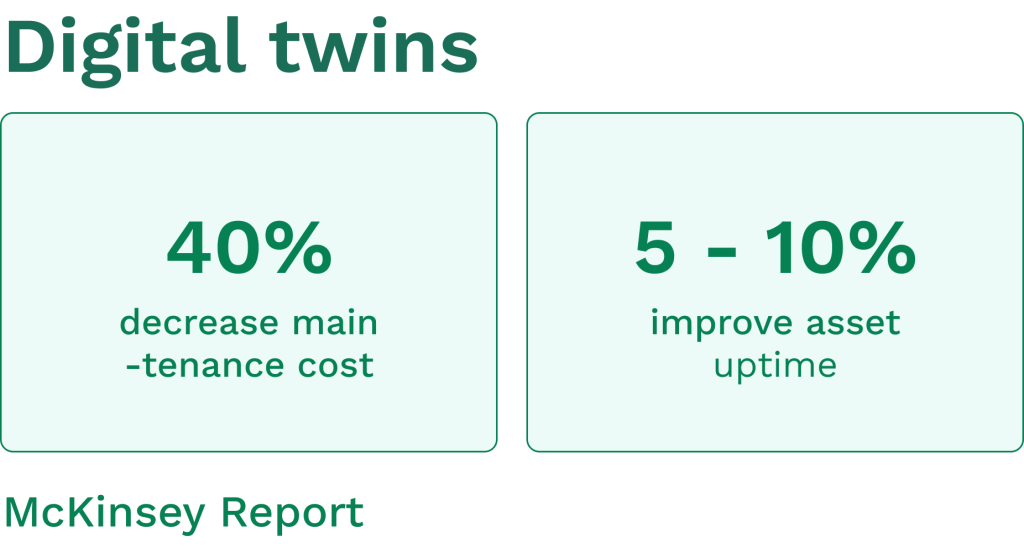
These simulations enable maintenance tasks optimization and “what-if” scenarios that improve maintenance planning. These models can detect subtle patterns that human analysts might miss, improving failure prediction accuracy.
Rotating equipment monitoring benefits from advances in wireless sensor technology that eliminate cabling requirements and reduce installation costs. Battery-powered sensors with multi-year operating life make rotating machinery monitoring economically viable for smaller equipment.
The benefits of predictive maintenance extend beyond traditional maintenance metrics. This is mainly because organizations have recognized connections between equipment condition, product quality, energy efficiency, and environmental compliance. This holistic view drives broader adoption across industries.
Conclusion
The five types of predictive maintenance, vibration analysis, oil analysis, thermal imaging, acoustic monitoring, and motor circuit analysis, each offer unique capabilities.
Organizations that implement these technologies strategically through modern CMMS platforms like WorkTrek can consistently achieve substantial returns on investment while transforming their operational reliability.
The evidence is overwhelming. With $50 billion in annual losses from unplanned downtime and a proven ROI of 8:1 within 12 months, the question isn’t whether to implement predictive maintenance. Still, how quickly can you realize these benefits in your operations?





